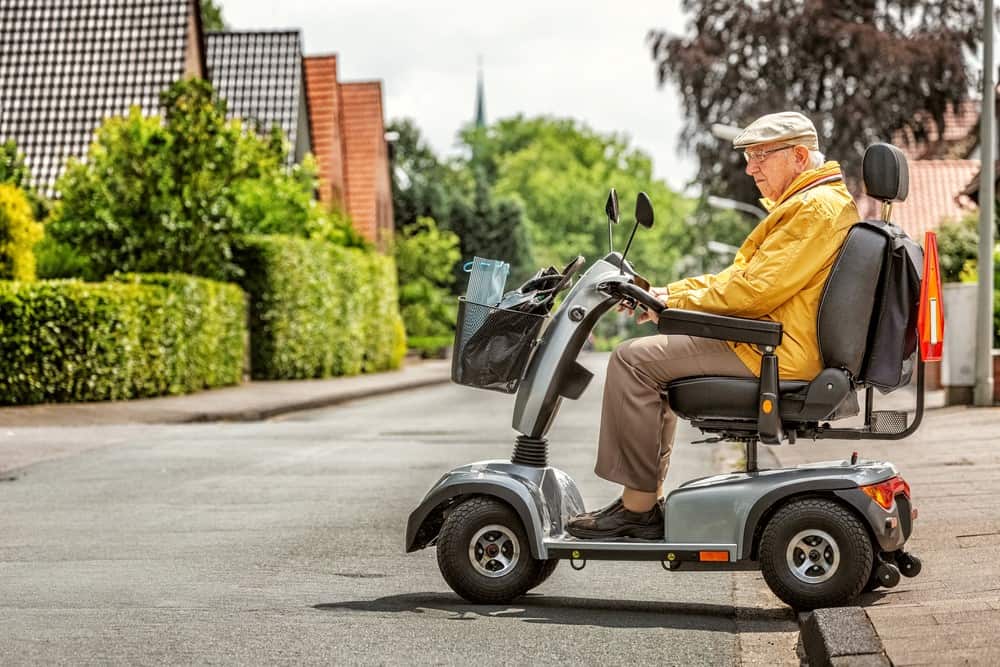As we age, managing our health becomes crucial to maintaining a higher quality of life. For seniors, especially those with certain health conditions, compression socks can be a vital tool in promoting circulation and reducing swelling. Understanding how to put on compression socks for elderly is essential to ensure they are used effectively and comfortably.

Why Seniors Need Compression Socks
Compression socks are often recommended for the elderly to help with blood flow in their legs. These specially designed stockings provide support and increase blood circulation, which can be particularly helpful in preventing deep vein thrombosis (DVT), varicose veins, and leg swelling.
Benefits of Wearing Compression Socks
1. Improved Circulation: Compression socks apply pressure to the legs, helping veins and muscles move blood more efficiently. This is especially beneficial for seniors who might spend extended periods seated or in bed.
2. Reduced Swelling: For the elderly dealing with chronic swelling in their legs, these socks can reduce the accumulation of fluids.
3. Decreased Risk of Blood Clots: Consistent use can lower the risk of developing DVT, a serious condition that can lead to complications.
Challenges in Putting on Compression Socks
Despite their benefits, putting on compression socks can be tricky, particularly for seniors who may have limited mobility or dexterity. The tightness is necessary for effectiveness, but it can make them hard to put on.
Familiar Challenges
Difficulty in Handling: The snug fit of these socks requires both strength and coordination. For many seniors, this can be a daunting task.
Time-Consuming: Without the right technique, a lot of time can be spent trying to properly wear these socks.
Preparing to Wear Compression Socks
Preparation before wearing these socks can significantly ease the process. Here are some steps to follow:
Step-by-Step Guide
1. Select the Right Size: Ensure the sock fits properly. Ill-fitting socks won’t deliver the needed compression.
2. Inspect for Damage: Check the socks for any holes or loose threads as these can cause discomfort.
3. Keep Skin Dry: Dry legs and feet make sliding socks on easier.
Using Tools to Ease Wearing Compression Socks
There are tools available that can assist in putting on compression socks, making the process much simpler.
Common Assistive Devices
Compression Sock Butler: This frame holds the sock open so you can step into it effortlessly.
Stocking Donner: Similar to the butler, it helps pull the sock up over the leg with minimal effort.
For more tips on easing daily tasks for seniors, check this comprehensive guide.
Tips for Making the Process Easier
There are several strategies that can simplify putting on compression socks:
Effective Techniques
1. Smooth Out Wrinkles: Once the sock is on, ensuring it is smooth and flat against the leg can prevent discomfort.
2. Elevate the Leg: Having the leg elevated ahead of time can reduce swelling, making the sock easier to put on.
Common Mistakes to Avoid
Even seasoned users make mistakes. Heres what to avoid:
Tips for Avoiding Errors
Rushing the Process: Trying to put socks on quickly can lead to bunching or twisting.
Ignoring Fit Checks: Not regularly checking for proper fit after putting them on can reduce effectiveness.
Continual Use for Maximum Benefit
Consistency is key when it comes to using compression socks.
Daily Considerations
Ensure the socks are put on first thing in the morning when swelling is minimal, and wear them consistently throughout the day for best results.
When to Seek Professional Assistance
If there are ongoing difficulties or discomfort using compression socks, its wise to consult with a healthcare professional.
Expert Advice
A specialist can provide alternative solutions or suggest different compression levels tailored to specific needs.
For insights related to overactive bladder solutions in seniors, explore this link.
Conclusion
Understanding how to properly use compression socks can significantly improve comfort and health outcomes for the elderly. By following the right techniques, making use of assistive tools, and consulting healthcare providers as needed, seniors can enjoy the full range of benefits that these socks offer.

FAQs
Why are compression socks difficult to put on?
This is because of their snug fit, which is necessary to apply the right amount of compression needed for health benefits.
What compression level is suitable for seniors?
It depends on individual health needs, but mild to moderate compression (15-20 mmHg) is commonly recommended for seniors.
Are there any side effects of wearing compression socks?
If worn improperly, they can cause discomfort or skin irritation, which is why correct application is crucial.
This article contains affiliate links. We may earn a commission at no extra cost to you.

